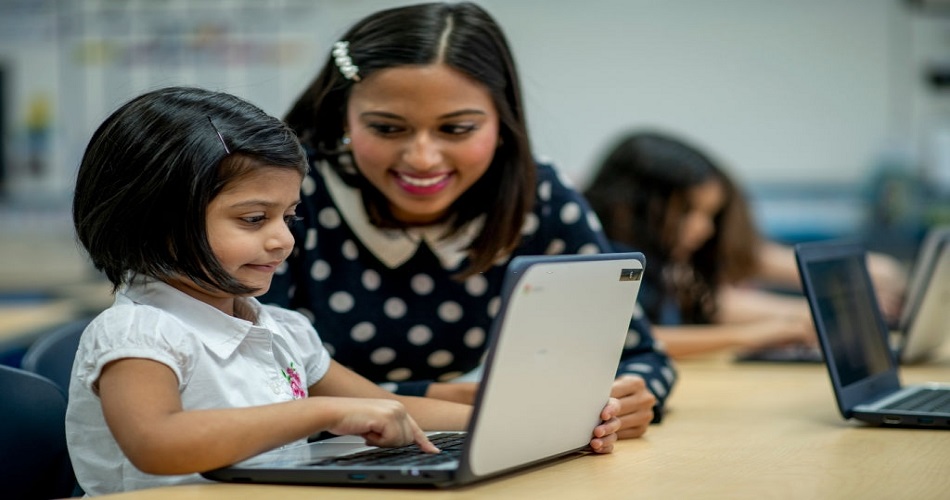Decision making is a huge part of our life. It is a never ending process that goes on forever. Whether the decision is consequential or not, it is imperative to learn our ways to make decisions. Even children of very young age start to make their minds in every step of their way. As teachers, we have the power to shape the ethos on making better decisions.
Each and every teaching methods and techniques adopted by the teacher in helping students make good decisions must be based on the ideology in promoting autonomy.
Decision making is a skill that can impact a student lifelong. When we provide them with opportunities for self-exploration we enable them to see the world from their point of view and how that fits into their surroundings. Hence, helping them build good decision making skills is paramount.
4 Simple Classroom Practice For Teachers To Help Students Make Better Decisions –
Promote Mindfulness
The decision making skills can be utilized with affectivity when there is a sense of awareness. Rash decisions are never good decisions. The teacher's role in helping students with mindful thinking is by providing them the scope to practice the same in all areas of their life. Mindful thinking lays the foundation to analyze the details of problems and make rational choices. In doing so, students develop an innate ability to approach with calmness and composure.
The teachers of pre and primary level check out this video:
Practice Decision Making
The activities in choosing and making wise decisions are the best way to encourage students to become more autonomous. The general decision making model consists of 7 steps –
- Identifying the problem
- Gathering information
- Weighing possible solutions
- Identifying consequence
- Making the decision
- Taking an action
- Evaluating the decision
When students get the scope to practice their decision making through the model they get to become more familiar with the process. For example, the teacher can bring these steps through tasks when there is conflict among the students. This way their decision making can be personalized which brings more interest to practice the same.
Avoid Getting Too Involved
Decision making is a lifelong process. Almost every day in many ways we are constantly deciding something or the other. Some are big and some are small. So each time a student makes a decision, he/she learns something new. It kind of keeps growing stronger day by day. Hence, unless the student is enabled to make their own choices and face the consequence, they will always tend to take the back seat.
Whether it’s the parents or the teacher, avoiding helping them to let them experience their own good or bad decision will only allow them to learn about themselves and their surroundings.
Making Pros and Cons List
Pros and cons lists are ideal in all situations. Many people even enjoy making pros & cons lists before they make big decisions. The pros and cons list is fitting when there is a crossroad. To practice this in class the teacher can introduce a problem and provide a sample with pros and cons. The sample can also be used as the starter of conversation and brainstorming.
To make it more fun, students can practice creating their own pro cons list, try it out and reflect how that has helped them taking the decision with ease.
When we help children to make better decisions for themselves, we allow them to be independent, responsible, and confident. It gives them a sense of freedom and ensures to believe in themselves. Making decision is a process that needs to be learned. Teachers must also keep in mind that, it is okay to make bad choices. That is how learning happens. Teachers’ role is to empower their students in becoming self-reliant individuals, where they can navigate their lives on their own terms.
Especially for teachers of pre and primary level, preparing young children with decision making skills is a must have. Teaching about decision making and enabling them to make decisions now and then will only establish a stronger foundation on their thinking process. Which is why getting prepared with teacher training course is the key to facilitate 21st century teaching. when teachers are well equipped to make today's classroom, they can create a better learning environment for their children.
Written By : Rutuja Badade








